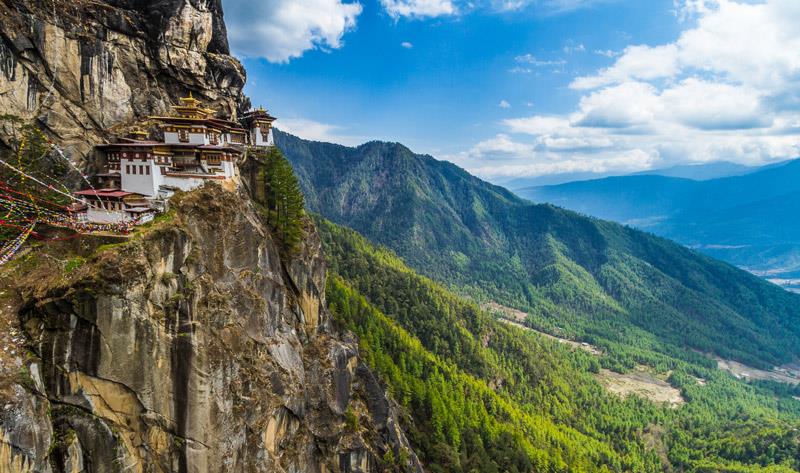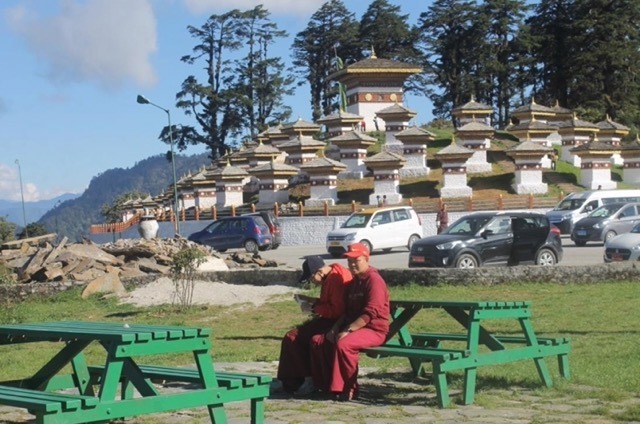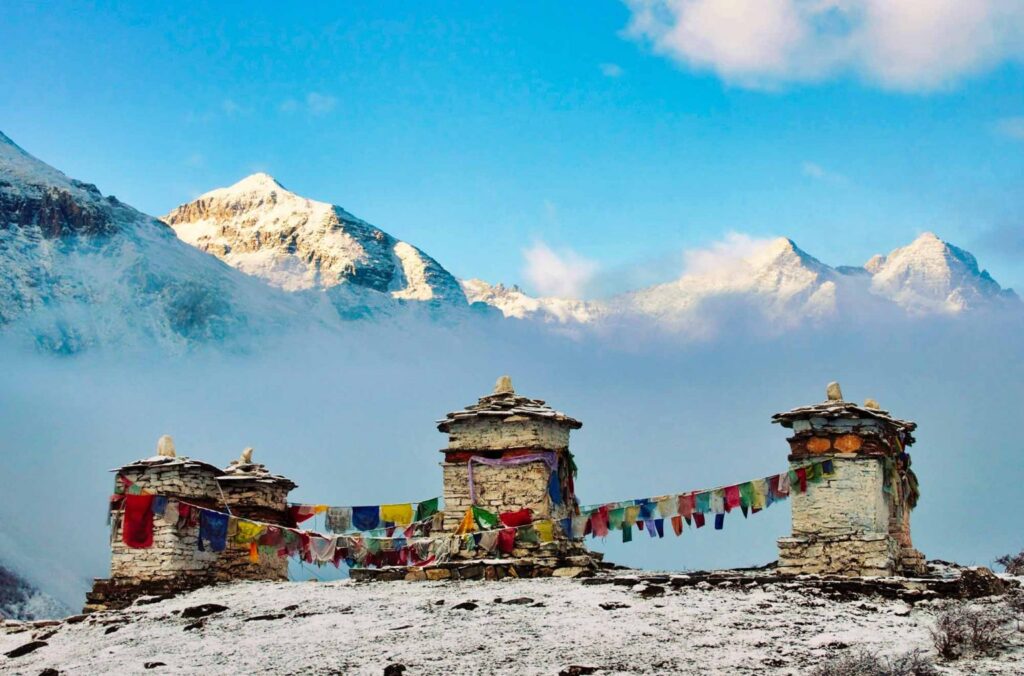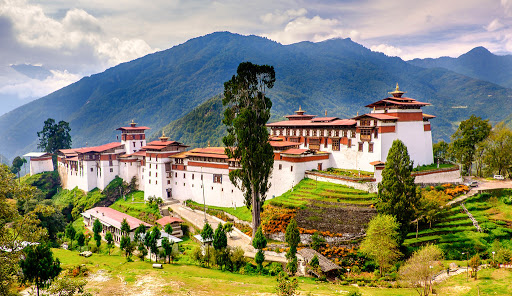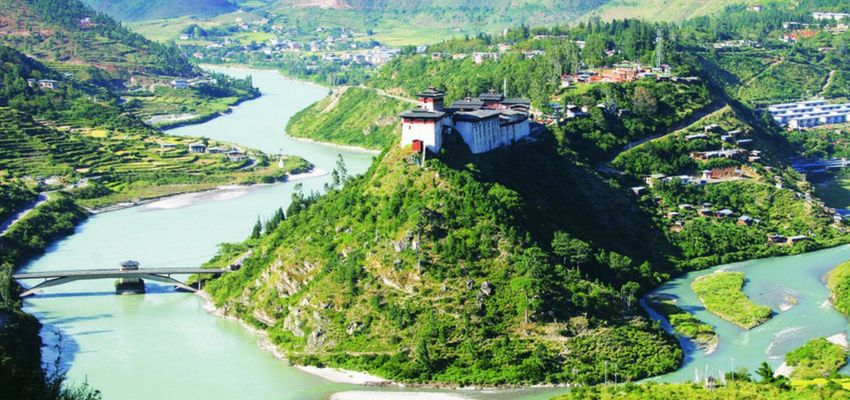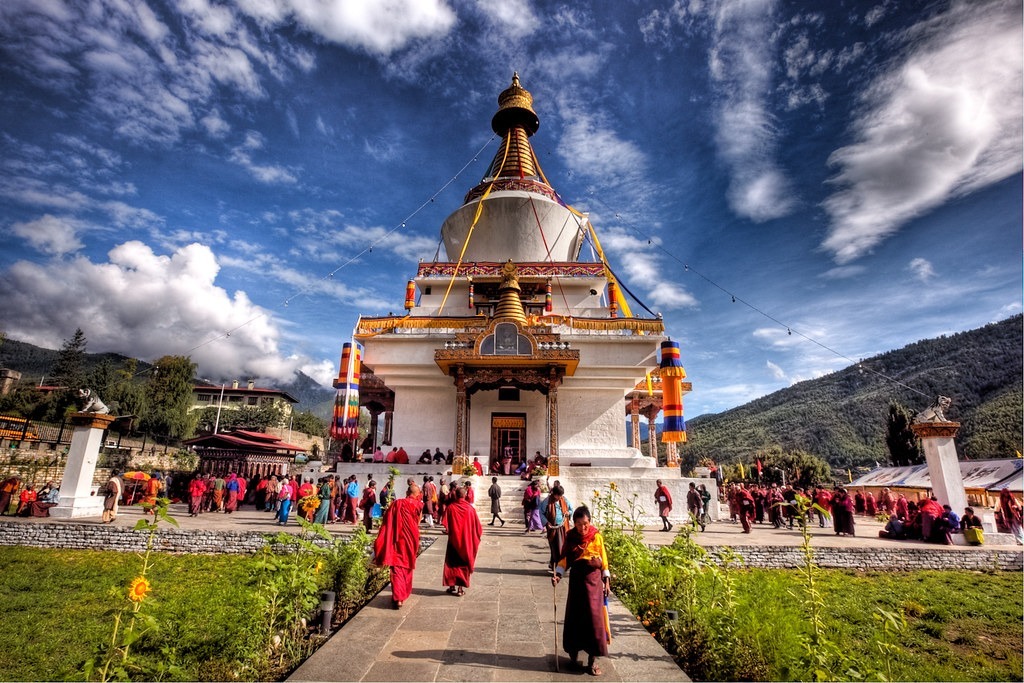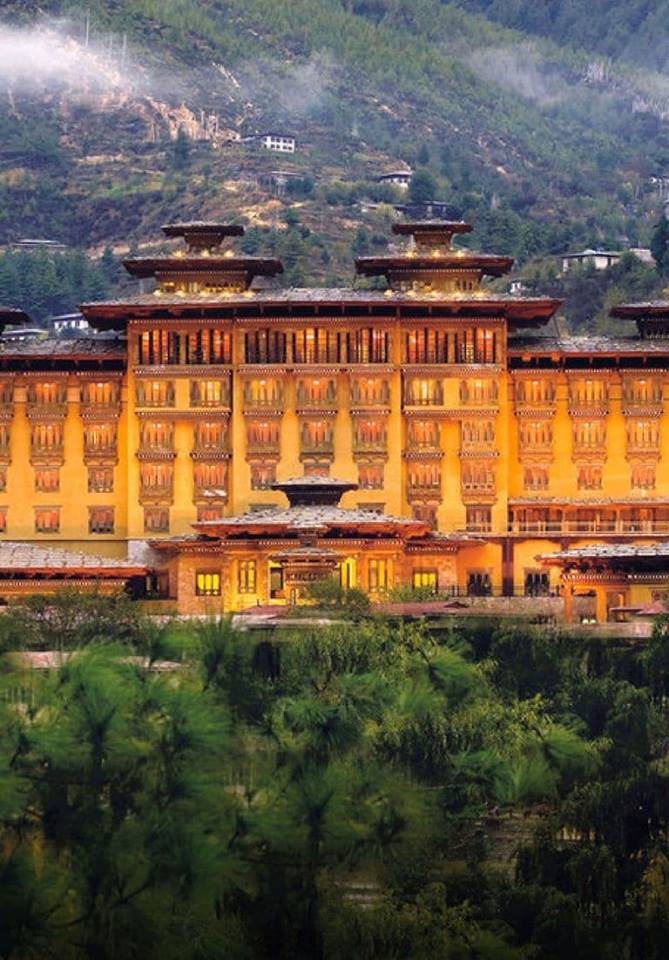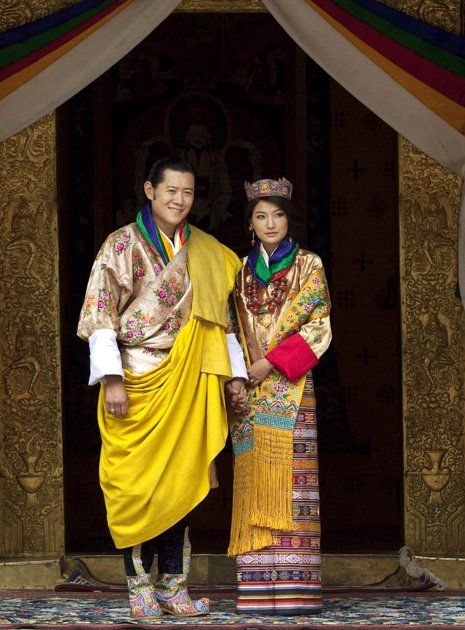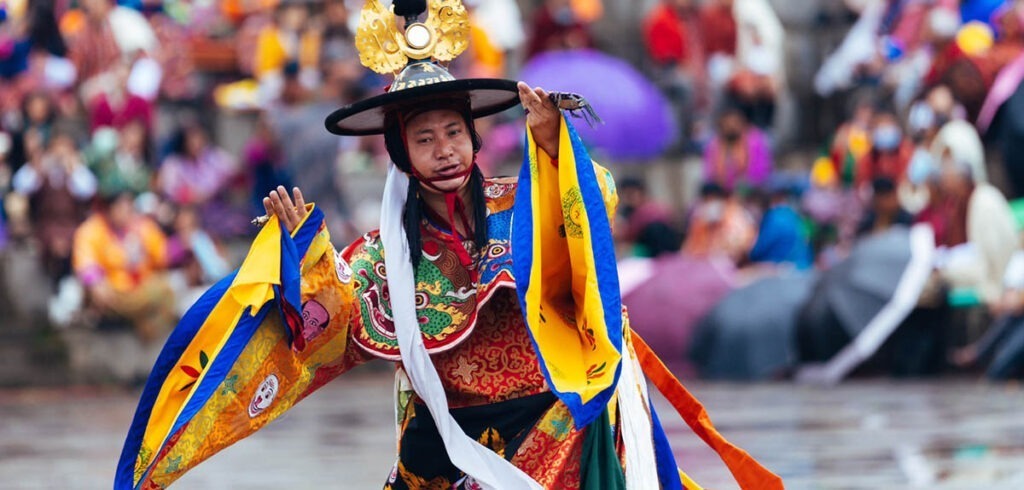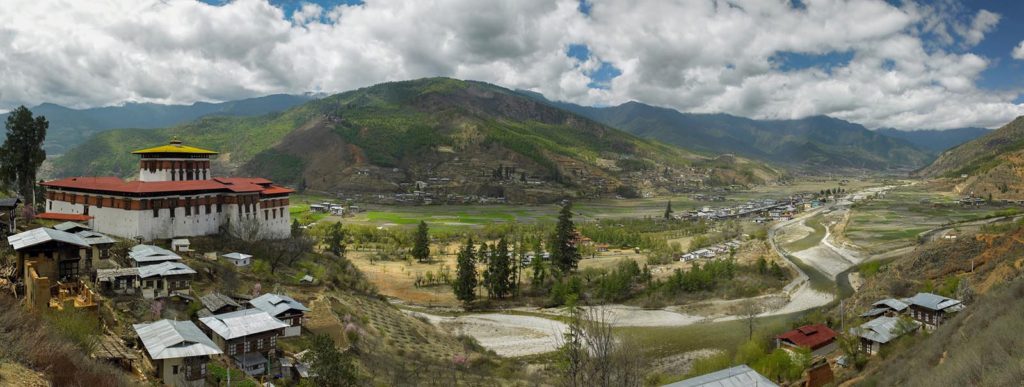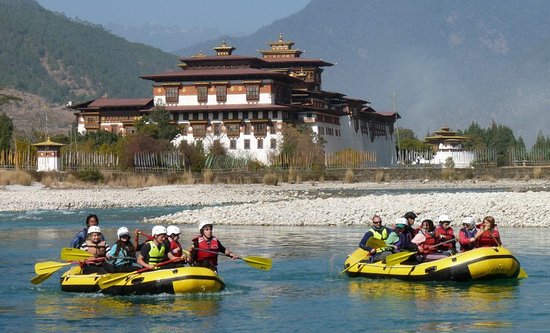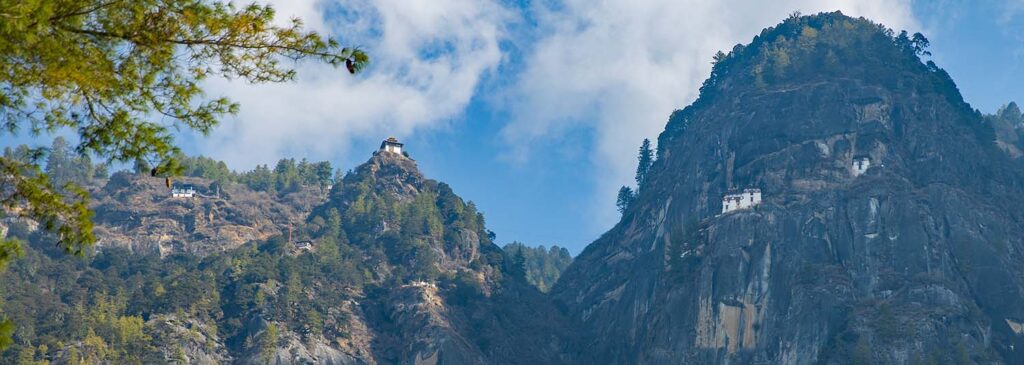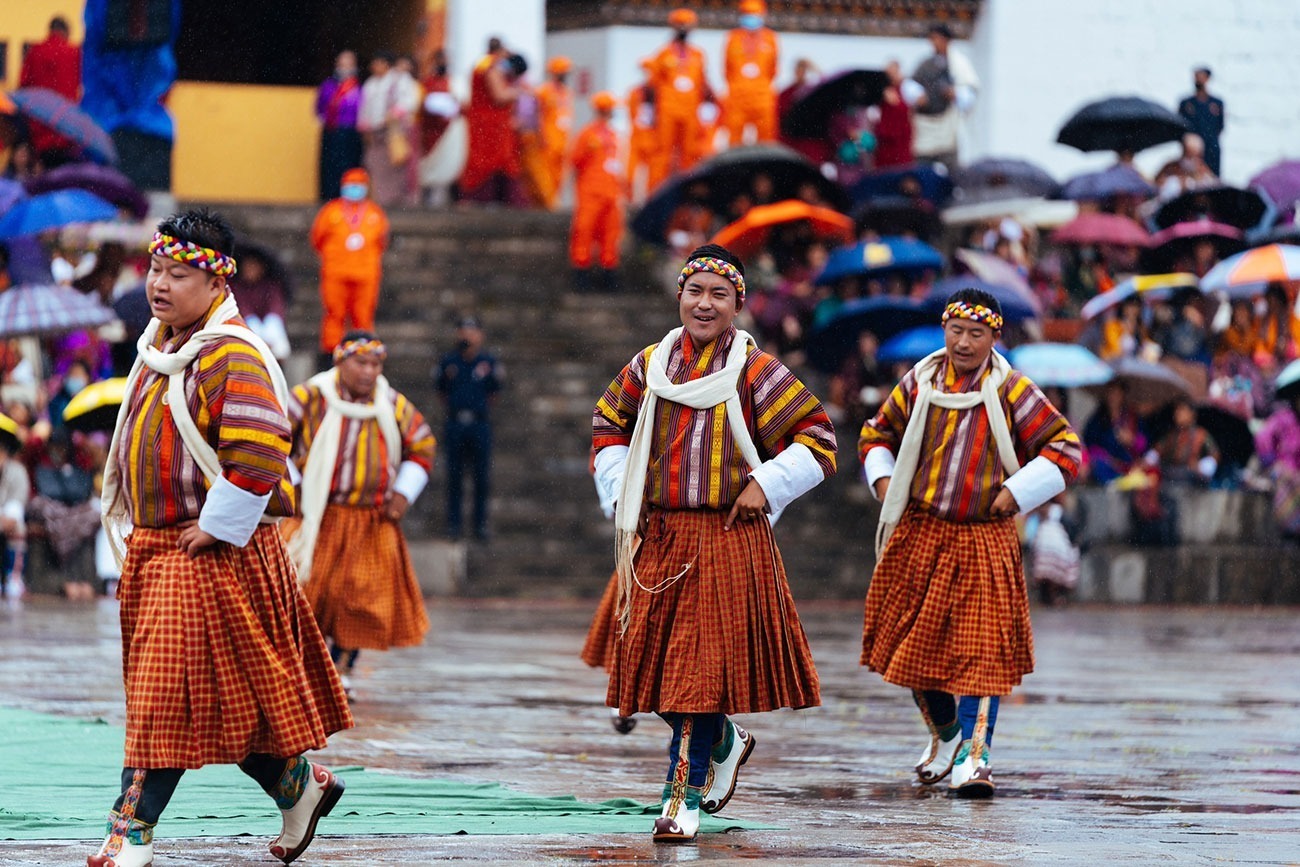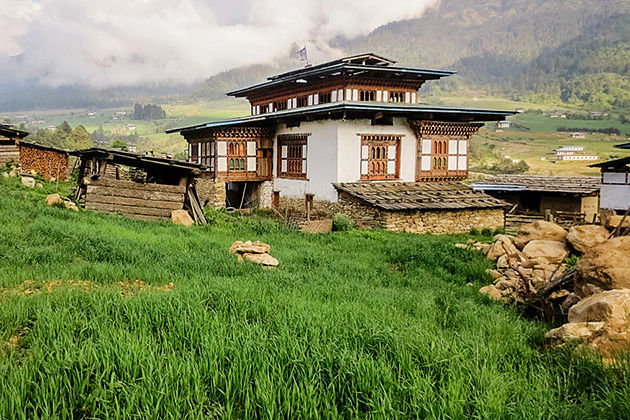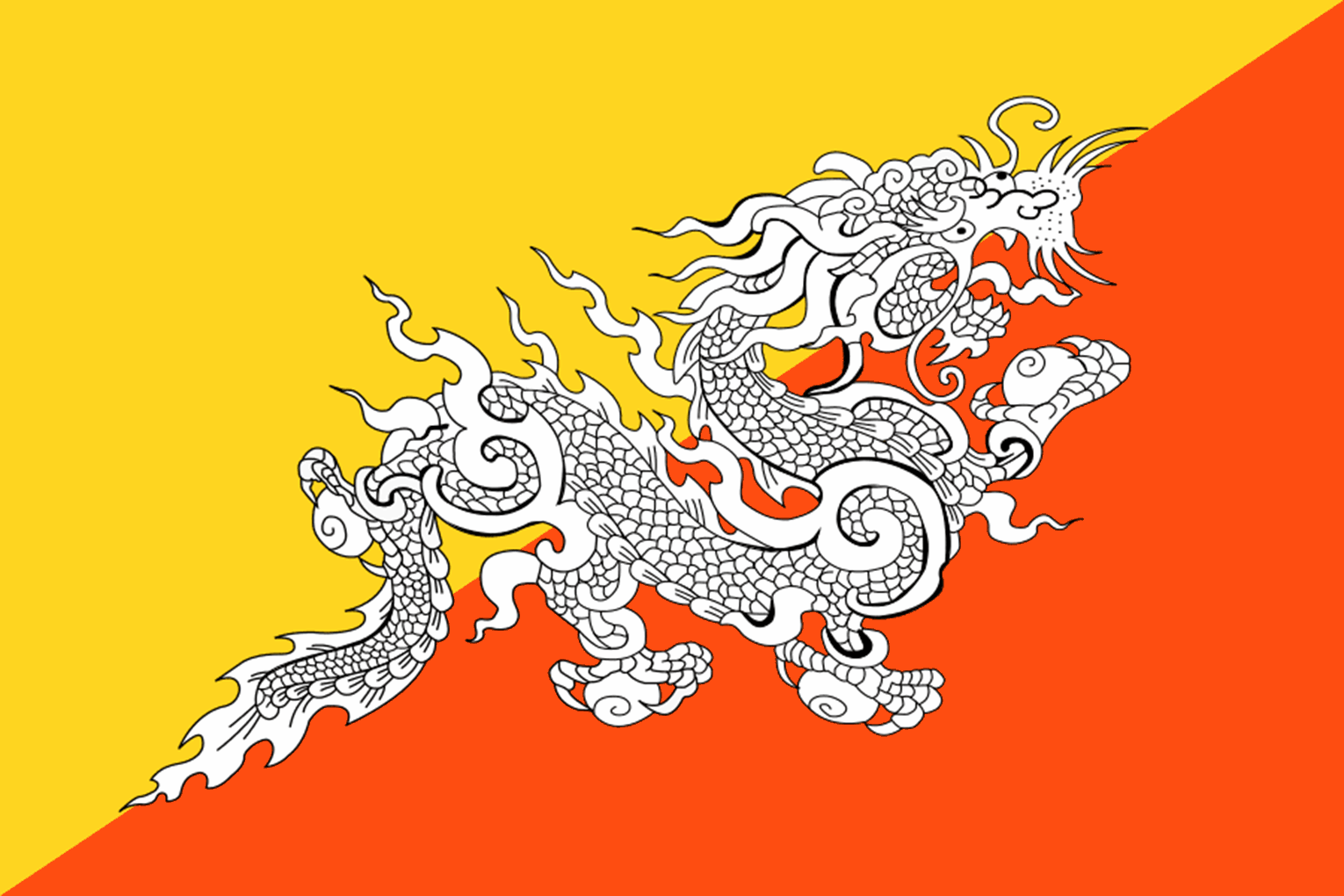Paro, a picturesque district in Bhutan, is a treasure trove of cultural and natural wonders. From centuries-old temples to stunning mountain vistas, this enchanting destination offers a plethora of experiences for travelers. In this blog post, we will explore the top things to do in Paro, Bhutan, ensuring you make the most of your visit to this breathtaking region.
- Get Mesmerized by the Beauty of Kyichu Lhakhang, a magnificent Buddhist temple built in the 7th century, is a must-visit attraction in Paro. Immerse yourself in the serene environment and meditate amidst the temple’s beauty and the surrounding mountains. Explore the temple’s rich history, intricate murals, statues, and the hidden treasure of orange trees behind the temple. Remember to check the timings (9.00 AM to 1:00 PM and 2.00 PM to 5:00 PM) and the entry fee (Rs 300 for main complex entry).
- Visit the National Museum (Ta-dzong) of Bhutan Discover the vibrant art and cultural heritage of Bhutan at the National Museum. Housed in the ancient Ta-dzong building and under the command of His Majesty of Bhutan, this museum showcases a remarkable collection of Bhutanese art, including bronze statues and beautiful paintings. Take your time to appreciate the art specimens and gain insights into the country’s rich artistic traditions. The museum is open from 9.00 AM to 5:00 PM, and the entry fee is Rs 25 for SAARC countries and Rs 150 for non-SAARC countries.
- Do Shopping at Paro Craft Market Indulge in a shopping spree at Paro Craft Market, where you can find an array of exquisite handicrafts, colorful beaded chains, bangles, clothes, boots, and woven articles. With over 80 stalls, this bustling market offers an opportunity to purchase genuine Bhutanese handicrafts and textiles. Don’t miss the chance to take home unique paintings, wood carvings, sculptures, and gold and silver ornaments. The market is located in the city center and is a vibrant hub of local craftsmanship.
- Visit the Ruins of the Drukgyel Dzong Step back in time and explore the ruins of the Drukgyel Dzong, an ancient monastery and fortress located amidst lush greenery and majestic mountains. Although the interiors are currently under renovation and inaccessible, the site itself offers a mesmerizing glimpse into Bhutan’s architectural and historical heritage. Capture stunning photographs and admire the well-preserved design that symbolizes Bhutan’s glorious past. Drukgyel Dzong is situated 15 km from Paro.
- Take a Trek to Tiger’s Nest (Paro Taktsang) Embark on an unforgettable trek to the iconic Tiger’s Nest, also known as Paro Taktsang. Perched on a cliffside amidst lush greenery and overlooking the valley, this prominent Buddhist monastery offers breathtaking views and a spiritual experience. The trek takes approximately 1.5 to 2 hours, and the journey itself is filled with stunning vistas. Capture the beauty of the surroundings and immerse yourself in the serene atmosphere of this sacred site. Remember to check the timings (8.00 AM to 1:00 PM and 2.00 PM to 6:00 PM) and the entry fee (Rs 500 per adult).
- Trekking to Chele La Pass For adventure enthusiasts and nature lovers, a trek to Chele La Pass is a must-do activity in Paro. Situated at an elevation of 3,988 meters (13,084 feet), it is one of the highest motorable passes in Bhutan. The trek offers breathtaking panoramic views of the surrounding snow-capped mountains, including Mt. Jumolhari and Mt. Jichu Drake. As you hike through pristine forests and meadows adorned with colorful wildflowers, keep an eye out for exotic bird species and Himalayan wildlife. The journey to Chele La Pass promises an unforgettable experience and a chance to connect with Bhutan’s natural beauty.
- Explore Rinpung Dzong / Paro Dzong Immerse yourself in Bhutan’s architectural splendor by visiting Rinpung Dzong / Paro Dzong, also known as Paro Dzong. This impressive fortress-monastery is a prominent landmark in Paro and serves as a religious and administrative center. Admire the intricate woodwork, beautiful murals, and the peaceful courtyard inside the dzong. If you visit during the Paro Tshechu festival, you can witness colorful mask dances and vibrant cultural performances. Rinpung Dzong / Paro Dzong is open to visitors during office hours, and you can experience the unique blend of history, religion, and culture that it embodies.
- Soak in the Tranquility of Paro Chu River Paro Chu River, flowing through the heart of Paro Valley, offers a serene and picturesque setting. Take a leisurely stroll along the riverbank, enjoy a picnic by its tranquil waters, or simply sit and immerse yourself in the soothing ambiance. The river is surrounded by lush greenery, and the melodious sound of the flowing water adds to the peaceful atmosphere. If you’re lucky, you might spot some local fishermen casting their nets or locals washing clothes by the river. The Paro Chu River is a perfect spot to relax and rejuvenate amidst nature’s embrace.
-
Experience a Farm Stay For a unique and immersive cultural experience, consider staying in a traditional farmhouse in Paro. Farm stays offer an opportunity to experience rural Bhutanese life firsthand. You can learn about traditional farming practices, try your hand at cooking local dishes, and engage in authentic cultural activities. Interact with friendly locals, gain insights into their way of life, and enjoy the warm hospitality that Bhutan is known for. Farm stays in Paro provide a glimpse into the simplicity and harmony of Bhutanese rural living.
-
Indulge in Bhutanese Cuisine No trip to Paro is complete without savoring the flavors of Bhutanese cuisine. Whether you’re a fan of spicy dishes or prefer milder flavors, Bhutanese food has something to offer for every palate. Try the national dish, “Ema Datshi,” a spicy chili and cheese stew, or sample “Momos,” delicious dumplings filled with meat or vegetables. Don’t forget to try “Suja,” the traditional butter tea, and “Ara,” a local alcoholic beverage. Explore the local restaurants and eateries in Paro to discover the rich and distinctive flavors of Bhutan.
Paro, Bhutan, is a destination that captivates travelers with its cultural heritage, natural beauty, and serene atmosphere. From exploring ancient temples and monasteries to trekking through picturesque landscapes, there are countless experiences to be had in Paro. Immerse yourself in the spirituality, history, and traditions of Bhutan as you visit iconic sites like Tiger’s Nest and Rinpung Dzong / Paro Dzong. Indulge in the local crafts, flavors, and hospitality to truly appreciate the essence of Paro. A visit to Paro is an opportunity


